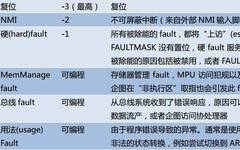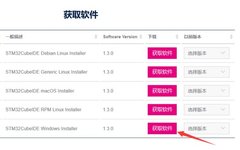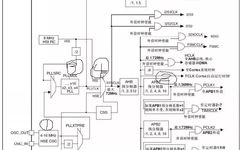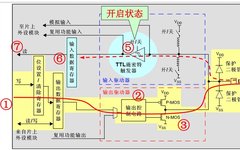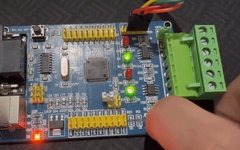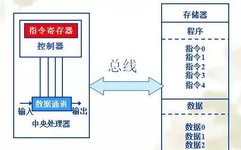Step-by-Step Guide to STM32 External Interrupts
● Interrupts Interrupts play a very important role in microcontrollers. The code executes from top to bottom by default, and when it encounters conditions or other statements, it jumps to specified locations. During the execution of code in a microcontroller, unexpected situations may arise that need to be handled, which will interrupt the current code. … Read more
